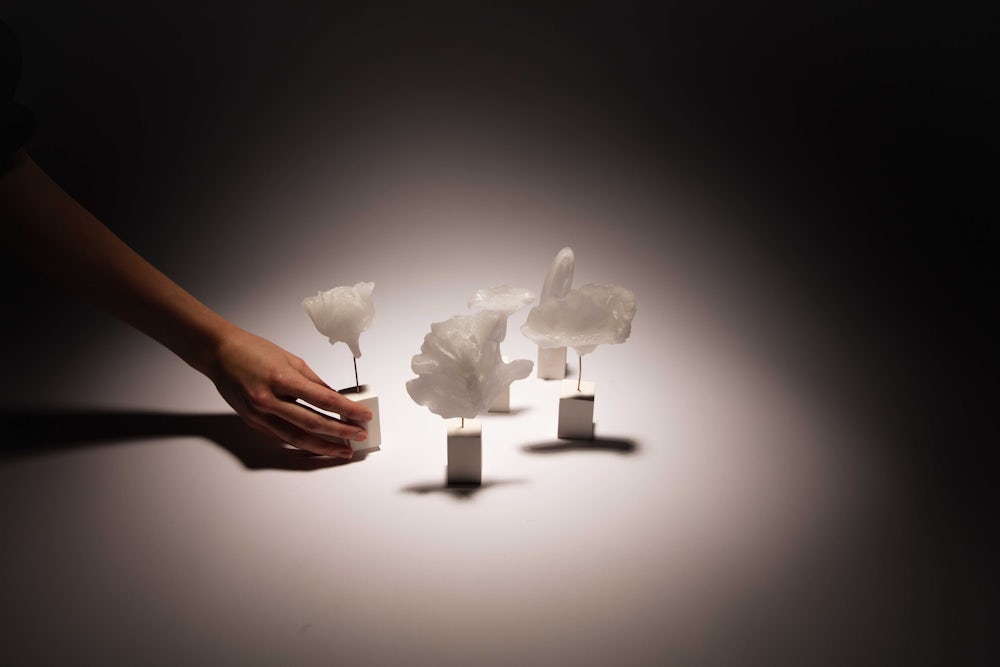Over the past century, the female body has been a pivotal subject in various art forms, often idealized and objectified in paintings, photography, performances, and Western mainstream media. Herbarium Vivum delves into these representations, uncovering the narratives they embody and how they historically centred the female form as an object of male desire, often linked with themes of purity, innocence, and nature. Historically, male artists predominantly shaped these depictions, presenting women as passive, sexualized, and often statue-like figures. This project critically examines this dynamic, exploring the pivotal moments when this objectification was challenged and the female form began to assert its voice: when the male gaze was defied with the meeting of a new gaze, the female’s gaze.
Herbarium Vivum organizes research to juxtapose traditional representations of the female form under the male gaze with its portrayal under the female gaze, following a historical timeline. By comparing these contrasting depictions, it aims to highlight moments of change and understand the socio-political movements fueling this transformation. The use of diptychs in documenting this research fosters a dialogue between these representations, exposing the convergence and collision of various perspectives and gazes.




